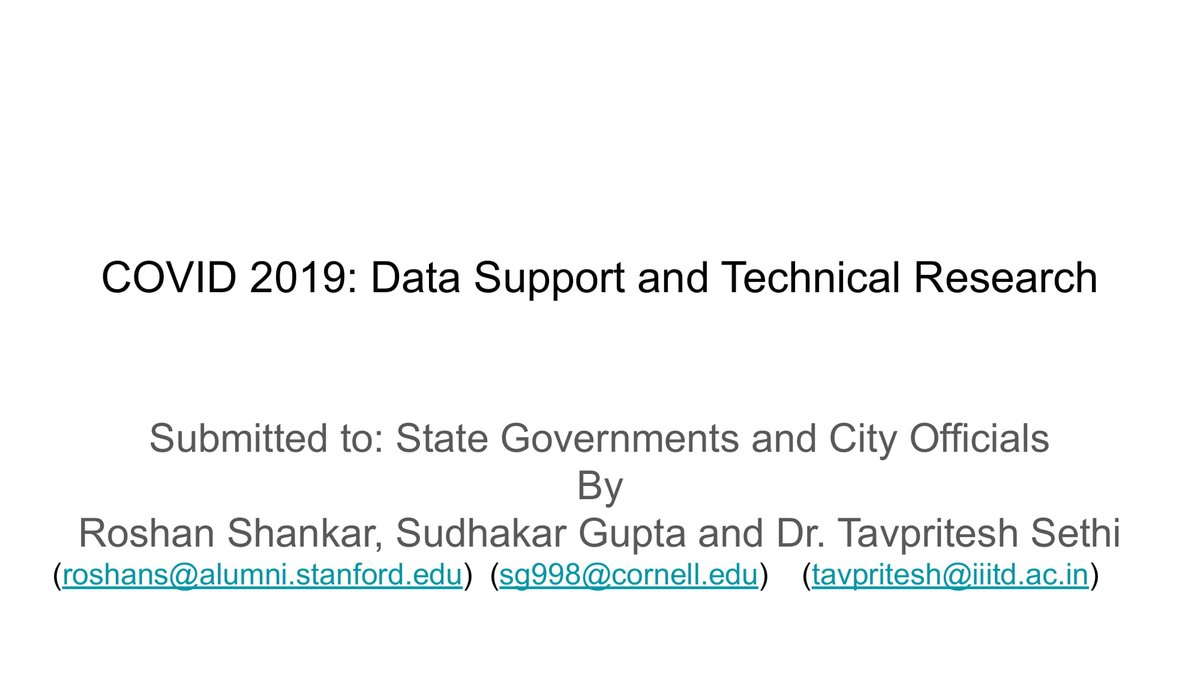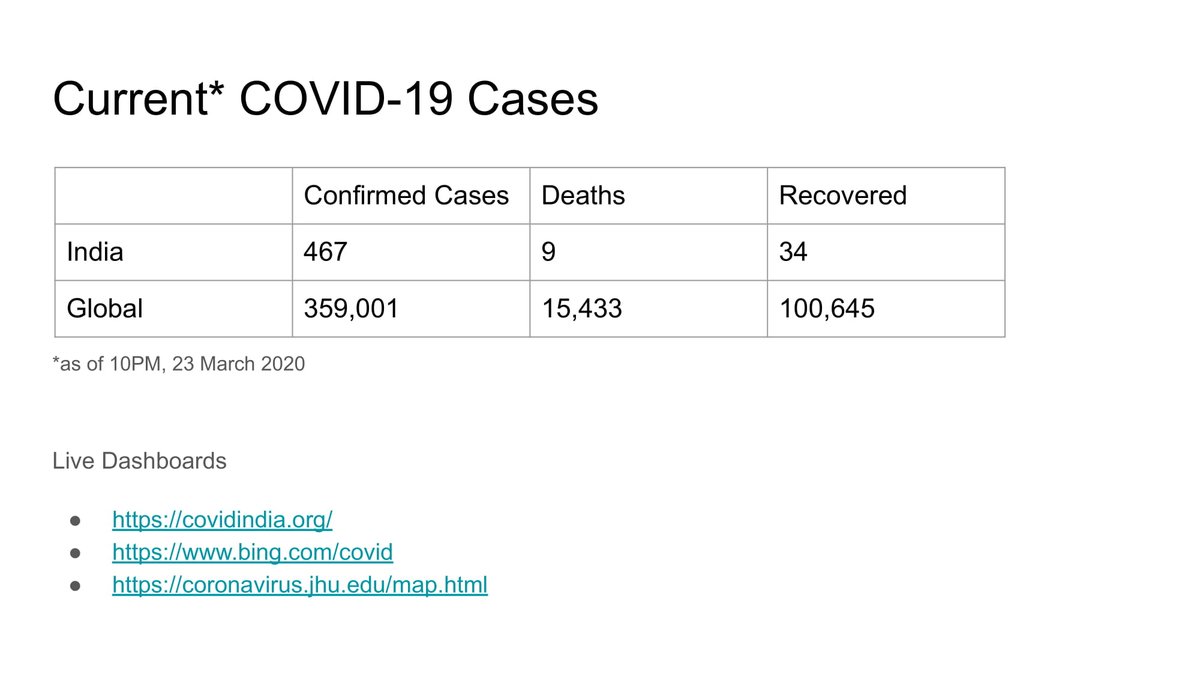
If journalists were given the freedom to investigate what AAP has been saying throughout, you would see most 2020/1 "new" policy stories 6-10 years and governance stories 3-4 years before. History will judge Manmohan Singh ji. It might miss us dearly. Hope it never comes to that.
No one asked Anna ji whether he supported the formation of AAP or not. He said yes inside and maintained his intellectual ego outside. Ask anyone what Anna ji said at the Constitution Club. They've hounded AAP pointlessly for pursuing necessary politics of its time.
No one asked Kiran Bedi why she didn't protest Gadkari. She, Anupam Kher, Ramdev, and VK Singh were against Congress. Swami Agnivesh and Santosh Hegde(s): good men with images to safeguard. Others, tired pros. Koyle ki dukaandari hai, mailey haath to honge. Arvind understood.
I'm sorry but there are many Anna jis India had gotten tired with. Anna ji is truly the worst mutation of Gokhale and a poor imitation of Gandhi. Not his fault. He's a good man in his context but didn't have the agency, intellect, interest or time for more. Like your Dada jis.
No one asks why Arvind took the stage and did the fasting despite being diabetic. No one asks why great men like Prashant Bhushan stood by him even as he took himself near death and lost friends along the way. Because he took the leap of faith.
No governance journo who knows how India and its states/cities vote has a good enough explanation of how a new organization came into being despite so many hindrances and difficulties of money, power, and status in society. No one covered pivots of anti-corruption to Bijli Paani.
No political journalist writes how anti-Congress sentiments were fuelled by financial capital taking long bets and BJP's social project started tipping scales with international inflections of ideas. No one covered AAP D2D properly except AIM, the film.
Leave alone the hitjobs of Shazia Ilmi and others, which were real-time derailment of the electoral management practices of modern times, no legislative journalist wrote about the difference between a minority government and coalition government when AAP surprised all.
No media orgs have done a study of the coverage of AAP before February 14th, 2014 and after that date. What changed? The BC/TOI group phone call with Amit Shah? It was Valentine's Day. Congress and BJP held hands in Delhi Assembly. Ask @drharshvardhan why when he demits office.
The next few months saw an influx of hope, energy, and enthusiasm by early adopters, and a decision was taken to fight national elections. Foolish for startups to expand to all geographies when it is trying to increase mind/voteshare? Who voted in the PAC to go national? Ask.
Arvind Kejriwal took on the biggest challenge facing India: Narendra Modi in 2014. Because he understood it wasn't enough to go to Amethi and take on the spent force of Rahul Gandhi. It was never about Congress, it was about India. Did any sensible journalist connect the dots?
Do you think that a political party of academics, professionals, and activists thought that a social and political project of decades on capitalist and social media steroids was going to be dented by an upstart? Flutters, yes. Victory, no. Yet we charged into the light brigade.
And the day AAP lost, and had comprehensively analyzed the reasons of its defeat as organization building, gathering of clean money to beat the FPTP system (hardest!) and narrative clarity, everyone left home for a break and paycheck. AAP Delhi volunteers stayed on ground.
Did any journalist cover how many of the aspirational new leaders of common India stayed back to support this fledgling initiative? Did you ask them why? Did you question them on their rigor of flippant analysis? It is easy to sail with a lovely wind, hard to fight the tide.
Delhi 2015 is still the most misunderstood modern Indian political event. Having been in the midst of its storm, and with all the data, I can't make complete sense of some parts. Our last loony data prediction was 57. Here's our piece on the comms.
tandfonline.com/doi/full/10.10…
tandfonline.com/doi/full/10.10…
The governance between 2015 to 2020 is the subject of another thread altogether because the level of apathy amongst many journalists and editors of Delhi they live in is woeful. I've offered to write pieces or give info to most platforms on any and all of the above as an insider.
One last question to always ask: Why was AAP never invited to any all-party meet whether hosted by BJP or Congress? Whether to curry favour or to find support? I hope you think about these questions even if you can't ask or write publicly. I am available anytime publicly.
@htTweets @EconomicTimes @ndtv @IndiaToday @_SwarajIndia @Loksatta_Party @swaraj_abhiyan @ndtvindia @TheQuint @thewire_in @ZeeNewsEnglish @republic @CNBCTV18Live @firstpost @TimesNow @WIONews @IndianExpress @the_hindu @NavbharatTimes @ABPNews @c40cities @WorldResources @News24
And all you cool people talking about petrol prices, here's a hint of how the BJP and Congress came together in February 2014 after one press conference.
Goodnight friends. Ask me anything.
Goodnight friends. Ask me anything.
• • •
Missing some Tweet in this thread? You can try to
force a refresh








